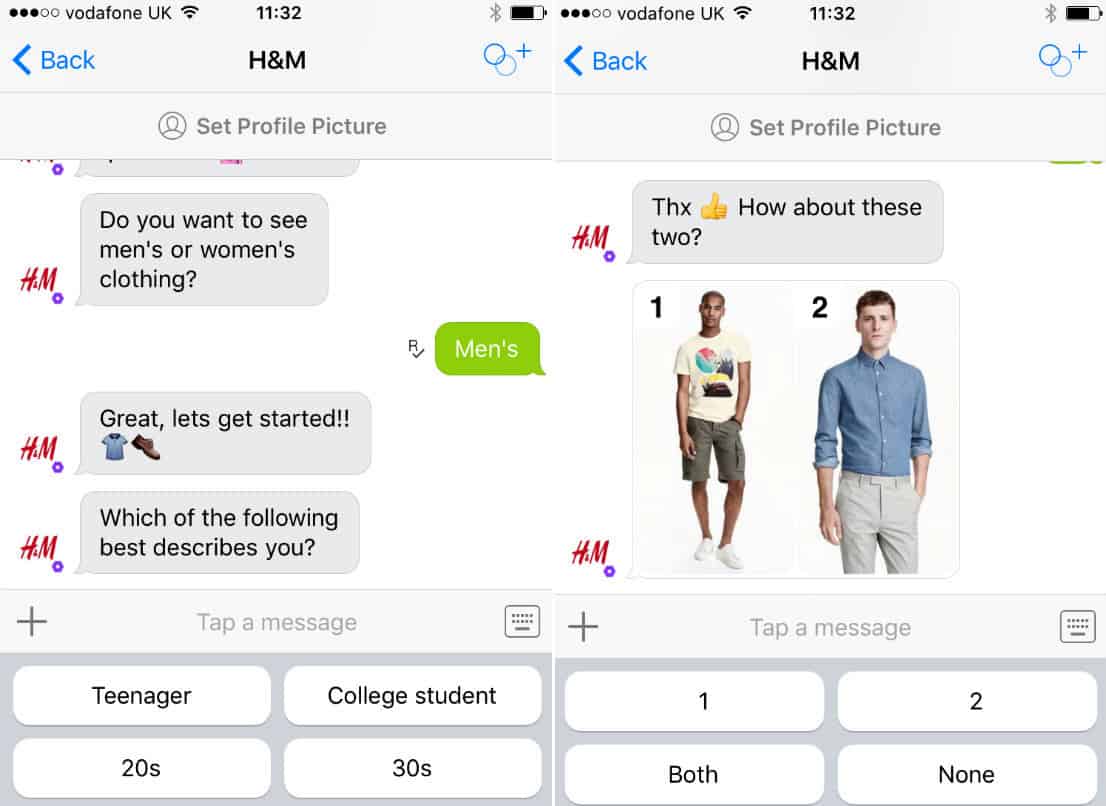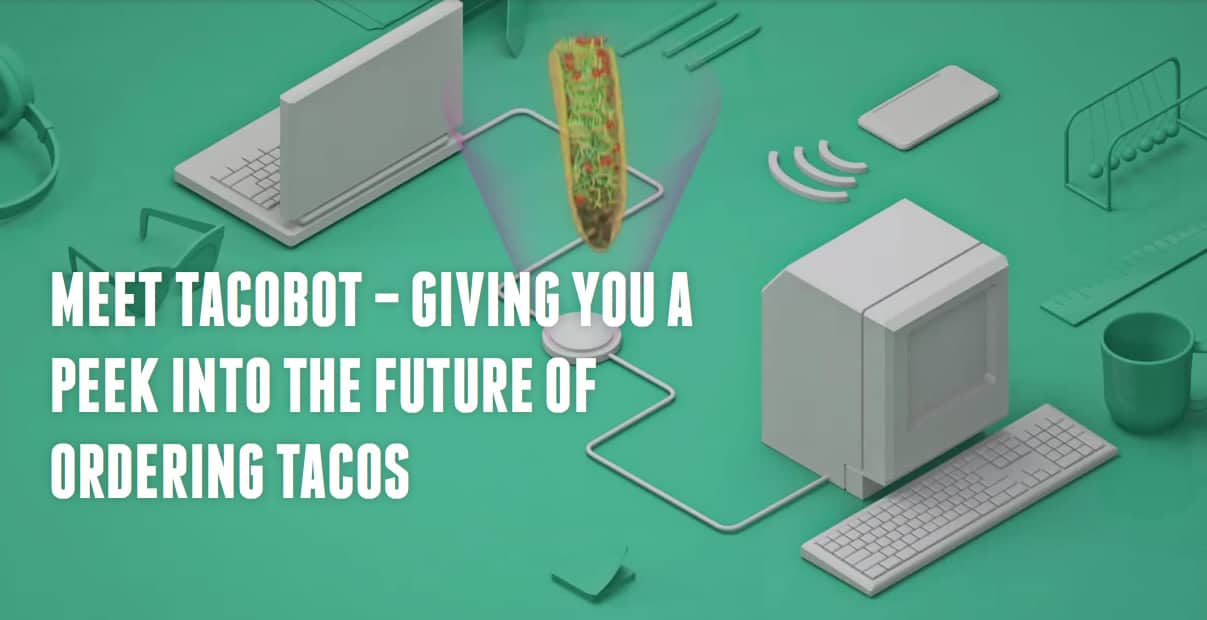
Technology never stops evolving. While scary for some, business owners should embrace this fact for the amazing news it is. Never before have there been so many opportunities to effectively market a brand and add value to customers. However, we know that with so many options out there, it can be overwhelming to choose what’s best. But this year, we have seen some incredible promise from one of the internet’s most underrated little marketing tools: the chatbot.
Even though chatbots have been around for many years, companies have only recently learned innovative ways to use them in order to grow their businesses. To sum things up, the chatbot is designed to imitate a live, human conversation with the help of artificial intelligence.
Basically, you are talking to a robot via instant messenger.
So far, this simple piece of software has been proven to be quite a success. As a matter of fact, large corporations are already making use of this technology in order to provide better customer service, generate sales leads, and to help create an overall better sales process.
With so much technology at hand, you’d think that you need to be a giant corporation to use one. Think again. Small and medium sized businesses can benefit from chatbots too.
To help get you started, we have gathered six different ways you could use this piece of technology to help automate your sales process, help your customers, and ultimately grow your business.
1. Collect Data
Don’t let their simple appearance fool you. Chatbots are extremely intuitive and will remember every word you say. Take the Weather Channel’s chatbot for example. Even if you were to ask an extremely random and complex question, you would receive relevant weather information based on your location because it remembers your zip code. So you get a personalized touch (and know if it’s going to rain too.)

This simple breakthrough is a win-win for both parties. Users get the information they’re looking for and brands are able to gather crucial data from their customers.
2. Influence Purchases
Most people within small businesses do not have the time or number of employees to give all of their customers their full and undivided attention. And in the online space, this type of attention can be nearly impossible. Luckily, a chatbot can solve this problem.
Take clothing retailer H&M for example. Their chatbot starts off by asking users about their general style preferences, then goes on to ask shoppers to choose between different looks. Based upon what was answered, the chatbot will present a customized choice of outfits for that person. It figures out what each customer likes and gives it to them.

This is a great tool to free up time for employees within a company. In this case, using a chatbot is like talking to a real, live sales representative and getting all of your concerns addressed.
3. Systematize Sales
Up until this point, you would think that a chatbot’s sole purpose is to gather or present information. But that’s far from the truth. This simple, yet powerful, tool also has the potential to directly impact sales. In the beginning of 2016, Taco Bell created a chatbot of its own in order to systematize their sales process. It’s called the TacoBot and it allows users to purchase their food by sending a simple message through the messaging app Slack.

4. Answer Frequently Asked Questions
One of the easiest and most useful ways a small business can deploy a chatbot is to streamline the customer service process. Depending on the nature of your business, there might be a lot of industry-specific jargon that can confuse people. Chances are, you get a lot of phone calls or emails with people asking you basic questions. Answering them could take up a lot of your time. So instead of allowing people to ring your office all day long, try using a chatbot that comes pre-loaded to answer all of your customers’ most frequently asked questions. This will allow your customers to get their questions answered immediately, and you can regain your time in order to focus on more important tasks.
5. Streamline Social Interaction
In April, Facebook announced that it would start allowing brands to use chatbots inside their messenger platform. This will allow businesses to become more personal on the web and help them achieve better sales results. By using a chatbot, you are far more likely to attract people to your page—and create enough engagement with consumers to encourage them to buy what you are offering.
6 . Make Payments Easy
The idea of buying food on a chatbot is all well and good, but how do you increase the likelihood of them actually showing up and paying for it? Thanks to bot payment technology, this doesn’t have to be a problem any longer.
Take a look at Snapchat for example. Last year they introduced a tool called Snapcash—a virtual wallet that stores your preferred payment options and allows you to send money to your friends or companies through a simple message. Just imagine the possibility of a chatbot selling for you, closing deals, and collecting payments? It’s a dream come true.
Developers and businesses will continue to push the concept of chatbots even further. More of these apps are emerging daily.
Final Thoughts
If you are looking to use chatbots for your business, just be sure to do some research first. Think about how your customers could benefit from them, how you would launch it, and how it would be created. Nothing could ever replace high quality, personal service. But if done correctly, with the right strategy in place, you have nothing to lose by putting a little automation into your marketing and sales strategies.
About the Author
Therese Moten is the “Content Queen” at The Deep End, a website consulting agency in Chicago. When not helping clients’ businesses succeed online, she can be found blogging about all the latest trends in web design, optimization, and conversion.





